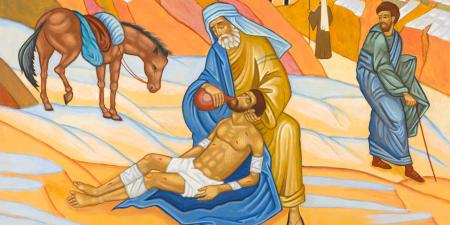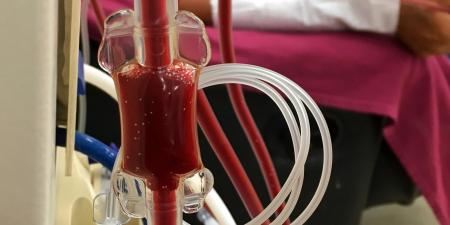Right now, thousands of senior medical students (myself included) are about to celebrate the end of medical school and prepare for the long road ahead in residency. All that is left to do is to finish out our last rotations, perhaps get ready for a move to another city, and sign our residency contracts, which set out the terms of each rising intern's employment.
An entirely different type of contract exists between the medical profession and society as a whole. This "social contract," though unwritten and lacking legal power, plays a large part in influencing how physicians practice their art and the role medicine plays in society. It lays a foundation that establishes not only what society can expect to get from doctors, but also what the medical profession can anticipate from those it serves. The social contract thus represents an expression of medicine's professional commitment to humankind.
An examination of the relationship between medicine and society, with a particular focus on some of the responsibilities, privileges, and rights engendered by the social contract, is the focus of this month's Virtual Mentor.
The article by Sylvia Cruess, MD, and Richard Cruess, MD, "Professionalism and Medicine's Social Contract with Society," is an ideal place to begin exploring this issue. Drs Cruess look at the history of the social contract as well as the expectations brought about by it. Their article provides the centerpiece for the issue. Other topics examined in this month's Virtual Mentor are highlighted below.
Rationing of health care is not only a part of everyday medical practice, but also a major interface between physicians and society. Because resources are limited and the demand for quality health services is high, limitations in care to a single person are an inevitable part of our technologically advanced—and expensive—health care system. While much rationing takes place on the societal level, a fair amount occurs between the physician and individual patient. In their clinical case commentary, Mandy Garber, MD, MPH, and Robert M. Arnold, MD, analyze such "bedside rationing" in the context of a renal patient and a relatively new form of dialysis—daily nocturnal hemodialysis. Further information about nocturnal hemodialysis can be found in this month's Clinical Pearl, while some of the challenges facing dialysis treatment in the United States—as the number of patients with end-stage renal disease rises—are explored as part of a Journal Discussion.
Society has entrusted physicians with the privilege and responsibility of monitoring the professional conduct of colleagues. As with any privilege, however, this one can be abused. What are your responsibilities if you know or suspect that an associate is violating laws or behaving unprofessionally? What are the penalties, both for the offending physician and for the one who knowingly "looks the other way?" Nancy Nielsen, MD, PhD, provides the answers in her clinical case commentary.
Segments of the population continue to be neglected in health care. Caring for the underserved—an implicit part of medicine's contract with society—is a concern for many altruistic medical students and physicians. In his case commentary, Jack Freer, MD, discusses the challenges and options facing one physician who finds it increasingly difficult to care for her poorest patients. Alan H. Lockwood, MD, a former president of Physicians for Social Responsibility, offers his thoughts on how medical students and physicians can use their training to benefit the public outside of the strictly medical realm, in this month's Medicine and Society. Physician and medical anthropologist Paul Farmer discusses some of his early experiences in Haiti and his perspective on human rights and global health equity in this month's Op-Ed.
As you read through these and other topics, I hope that a spark is lit and that you decide to become an active party to the social contract. As medical students, we have the energy and forward-thinking attitude to improve the relationship between medicine and society, strengthen the social contract, and, ultimately, enhance the overall health of humankind. We are at a point in history where the voice and aid of physicians are needed more than ever to ensure the well-being of global society. Remember the oath and professional commitment to which you pledged on day one. You don't have to wait 4 years until you sign a dotted line to make a real difference. Start now.
I would like to offer my sincere gratitude to all of the issue's authors for their efforts. I am especially thankful to the faculty contributors from the University at Buffalo School of Medicine and Biomedical Sciences who not only shared their thoughts for this issue but also their mentoring and teaching throughout my medical school years.
The learning objectives for this issue are:
1. Understand the origins of the social contract and what it represents.
2. Learn about the obligations and responsibilities of physicians engendered by the social contract.
3. Recognize situations where a physician's responsibilities to the patient and to society come into conflict.
4. Identify some of the social activities physicians can engage in outside of medicine.



